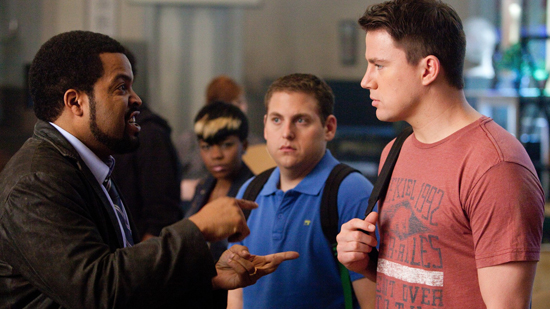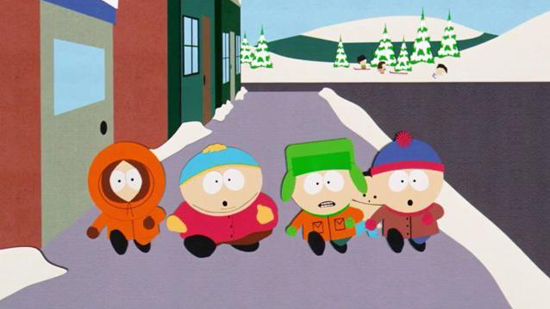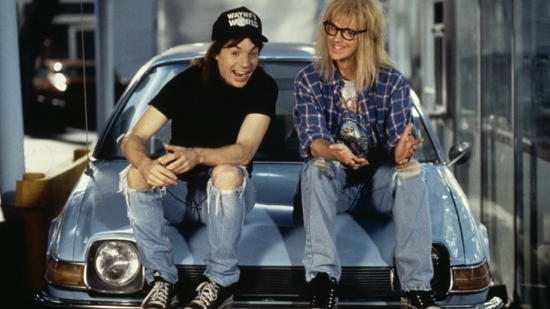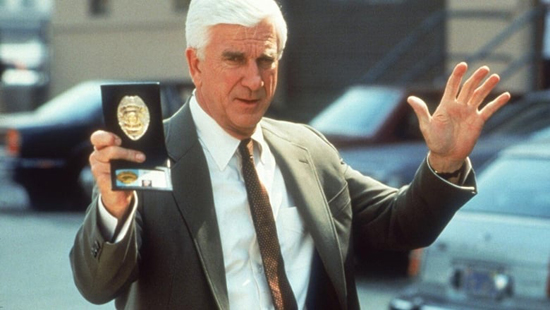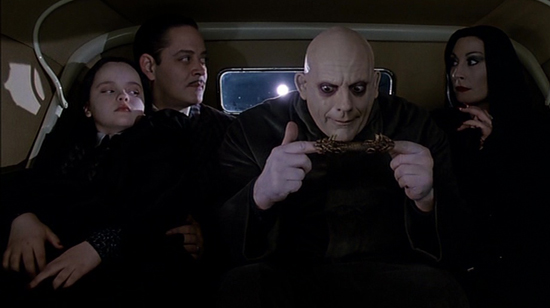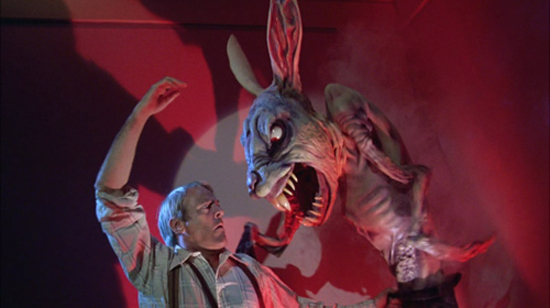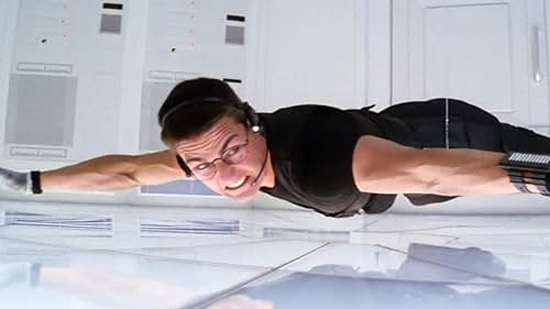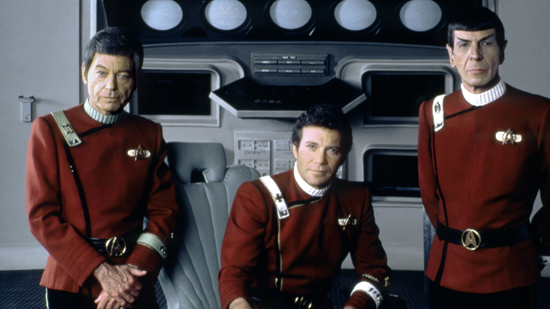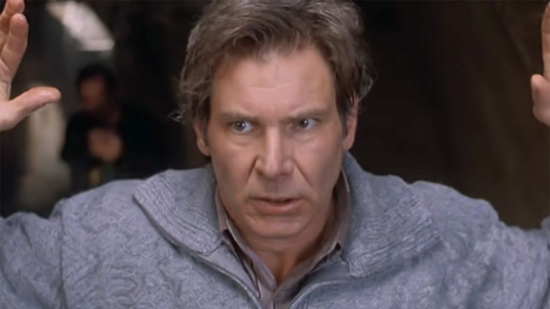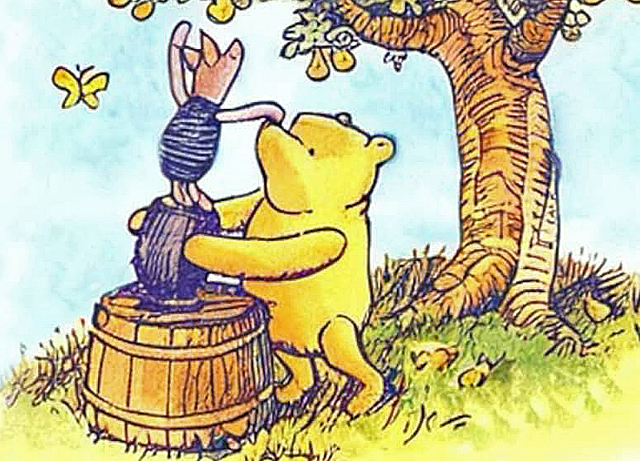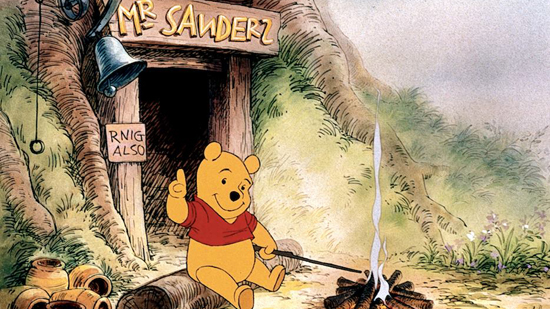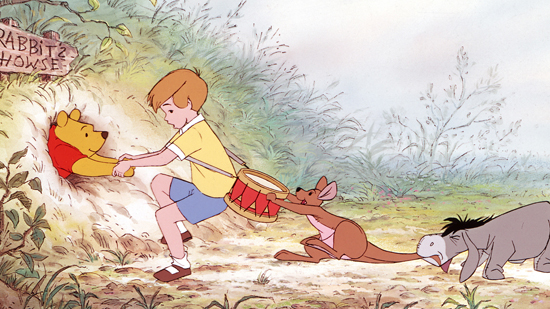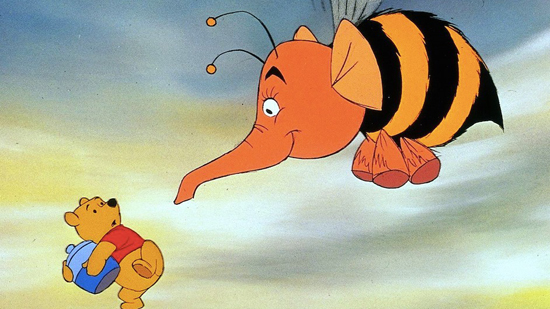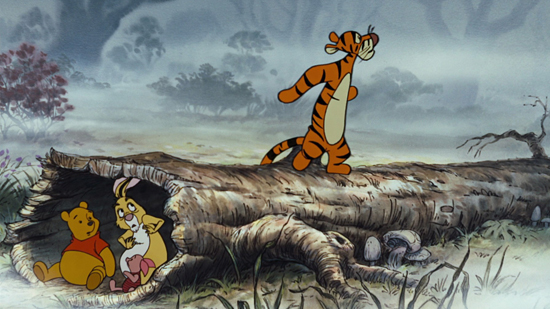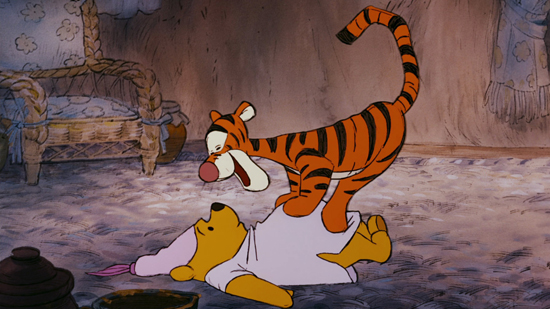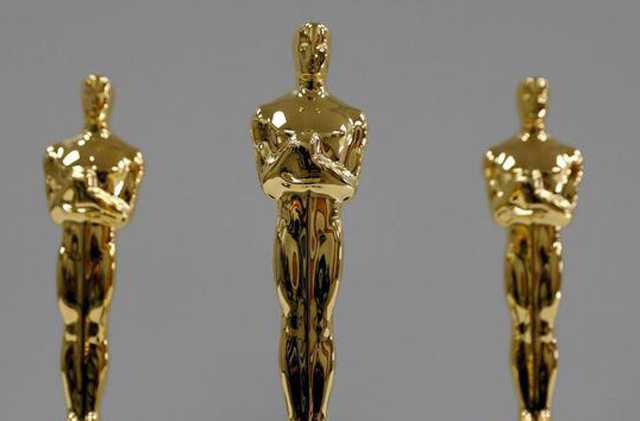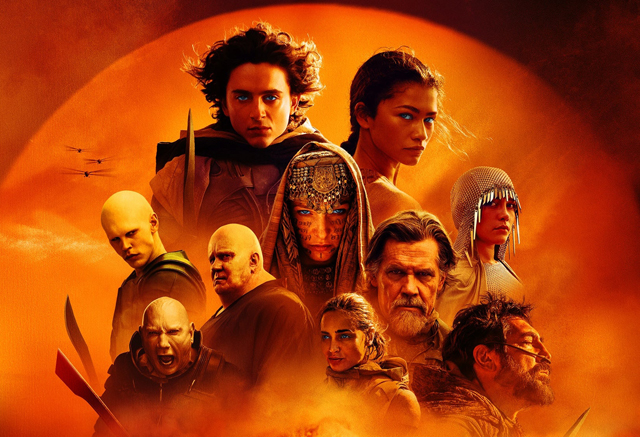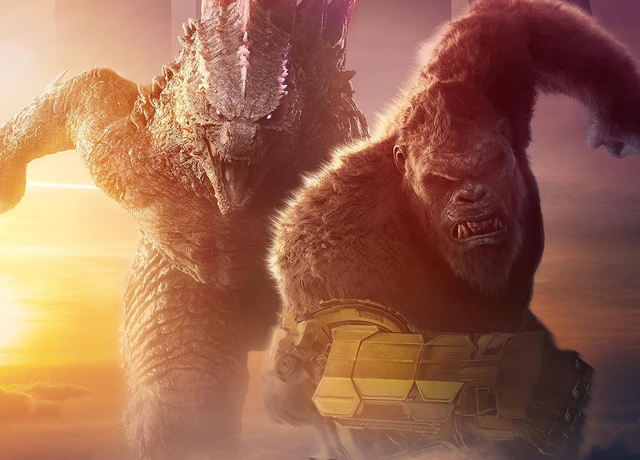
It’s not an easy time for a franchise like the Legendary Pictures “Monsterverse” to be around in theaters. Audiences in general are growing tired of interconnected movie “universes” are are more interested now in movies that feel fresh and diverse. Hollywood is having to adjust accordingly to this shift after spending much of the last decade milking audiences with promises of mega-franchises based on interconnected IP. Marvel certainly was the trend-setter with their massively successful Cinematic Universe (MCU), but even they are seeing the writing on the wall and are reigning in their universe expansion in order to make their films more successful. Other franchises are either re-booting completely, like DC, or were just abandoned completely before being fully matured, like Universal’s Dark Universe. But unlike all of those, the Monsterverse, a franchise built around iconic kaiju beasts like Godzilla and King Kong, has managed to defy gravity and keep growing with every new film. It helps that the franchise didn’t exactly explode right out of the gate. 2014’s Godzilla, a modern day reimagining of the iconic monster’s debut directed by Gareth Edwards (Rogue One) was a bit of a disappointment for many. It was visually impressive, but ended up taking itself far too seriously and as a result became something of a bore. What a lot of critics rightly pointed out as the strengths of the movie were the brief moments where we actually saw Godzilla fighting other monsters, and that this should have been the focus of the movie all along and not the bland human characters. While the sequel, Godzilla: King of Monsters (2019) basically fell into the same trap of boring subplots with cool looking monster fights, it was clear that Legendary Pictures were taking in the feedback and were looking at different ways to make their franchise work.
One of the answers came in the response to their debut of their other marquee movie monster; King Kong. Kong: Skull Island (2017) was radically different in tone from the first two Godzilla movies; with a more relaxed and comical flavor to the human storyline. It showed that the franchise worked better when it didn’t take itself too seriously and actually leaned on it’s more absurd elements. This shift in strategy came an an opportune time because what awaited next for the Monsterverse was the highly anticipated crossover of the two icons. Godzilla vs. Kong (2021) was a matchup that everyone had been eager to see happen, in many cases for decades. The last time these monsters shared the big screen together, they were played by guys in rubber suits. Now, with the full arsenal of CGI tricks at their disposal, Legendary was able to create a showdown between these titans that could truly feel as massive as the monsters themselves. But, at the same time, Godzilla vs. Kong was a movie that demonstrated the lessons that Legendary had learned in building their franchise, giving the monster fights the spotlight, and keeping everything in between light and entertaining. In the end, the movie accomplished it’s goal. Released into theaters and on streaming at a time when the pandemic was still raging was risky, so it’s a real testament that Godzilla vs. Kong flourished even in those conditions. It was the movie we really needed in that time, a good old-fashioned crowd pleaser that was worth taking the risk to see on a big screen. Another smart move made by Legendary in their franchise plan was to accompany their new phase of the Monsterverse with a world-building spin-off series on Apple TV called Monarch: Legacy of Monsters, which gives back story to the in universe agency that monitors and sometimes protects these colossal monsters. Overall, Legendary has successfully managed to maintain steady growth in their franchise while so many others have fallen off in recent years. And the next chapter of their story comes in the second film teaming up the franchise’s two marquee stars with the awkwardly titled Godzilla x Kong: The New Empire. The question remains whether the Monsterverse continues to reign supreme, or is it going to crumble like so many other cinematic universes.
The movie picks up shortly after the events of Godzilla vs. Kong. After Godzilla and King Kong put aside their rivalry to defeat the more dangerous Mecha Godzilla, they agree to settle with both remaining as from from each other as possible, ensuring harmony for the human civilization that has continually been in their crosshairs. Godzilla will live on the surface world and ensure his dominance over other titans there, while Kong will live in the freshly discovered hollow earth world beneath the surface of the planet. Meanwhile, the Monarch agency keeps tabs on both of these rivals and watches their activity closely, with bases even set up in the Hollow Earth. On one particular observance, the Monarch team picks up mysterious electro-magnetic signals coming from deep within the planet, even beyond Kong’s domain. The signals even trigger the young tribal girl Jia (Kaylee Hottle) who had befriended Kong on his Skull Island home. Jia has been in the care of Monarch agent Ilene Andrews (Rebecca Hall), and Jia is worried that the signals are going to trigger another war between Kong and Godzilla, as both monsters are again converging on the surface world. Andrews seeks additional help in trying to understand what may have triggered this mysterious event, so she seeks the advice of conspiracy theorist and hollow earth expert Bernie Hayes (Brian Tyree Henry), who figures out that the signal seems to be a distress call; but from where? Andrews enlists Hayes’ assistance, as well as the help of an old colleague and current titan veterinarian named Trapper (Dan Stevens) as they embark on a journey into Hollow Earth to see where the signal may be coming from. Meanwhile, Kong digs deeper into a deeper part of Hollow Earth that has been revealed from an earthquake. There he finds an unexplored country with even more diverse wildlife. And as he soon finds out, he is not the only titan sized ape in existence. Is the signal meant to warn of an even greater danger hidden deeper under the surface of the Earth, and is it a big enough threat to make King Kong and Godzilla reluctant allies once again.
The thing that made Godzilla vs. Kong work so well is that it knew exactly what it needed to be and delivered. We paid to see those two monsters fight, and the movie did not disappoint on that front, not wasting any time getting to the nitty gritty with the matchup happening as early as the first act of the film. It had to live up to that title and director Adam Wingard understood the assignment. Was it silly and ridiculous, yes, but that was part of the charm. Godzilla vs. Kong was not afraid to lean into the absurd, especially when it came to the human characters and their part to play in the movie. It was refreshing after the misplaced pathos of Gareth Edwards’ depressing Godzilla. Did Adam Wingard, who returns to direct A New Empire, manage to repeat that balancing act with this new movie. Well, let me just say that when it comes to the plot and character writing of this movie, this is probably the dumbest film in the franchise to date. There are so many plot contrivances and non-sensical motivations on the part of the characters. The dialogue is also heavy handed and loaded with exposition. But, is the movie still a load of fun to watch even with all those shortcomings? Absolutely. What ultimately works in the movie’s favor is that it still understands what the big draw of this movie is, and that is getting to see giant monsters fighting each other, and director Wingard rightly puts the emphasis on that first and foremost. The only thing that works against that this time around is that the movie takes a bit more extra time to get started. The first act of the movie is honestly hard to get through, as it focuses primarily on catching up with the human characters, which as we know are the weakest element of this franchise. But once the movie shifts it’s focus towards the monsters themselves, the movie does pick up and thankfully keeps building. Unfortunately, the sluggish first act does keep the movie from truly being a great film and makes it a lesser follow-up to Godzilla vs. Kong. But, if you can make it through that opening, the rest of the movie is one wild and entertaining ride.
What I found to be especially effective are the moments when the human characters are away and we just focus on the kaiju themselves. The title of this movie is a bit misleading because this is primarily Kong’s movie. Godzilla is little more than a supporting player, only playing a major part towards the end in the film’s climatic battle. Thankfully, Kong himself is able to carry the movie on his own. The movie is at it’s best when we focus on his story. In fact, there are a surprisingly abundant sequences of this film where we follow along with Kong on his journey and there is no dialogue throughout those scenes. The movie becomes a bit of a silent movie at this point, with Kong entirely conveying character non-verbally through pantomime. We see him encounter the other giant apes in the underground world, and though we can’t understand what they say through their grunts and screams, we still are able to read the scene through their gesturing. Honestly, it would be a neat cinematic experiment to have a kaiju movie done entirely like these moments, without a single word of dialogue. Something tells me that the thought has crossed Adam Wingard’s mind, and this movie seems to be a test of sorts for if they could do a Monsterverse movie entirely through the perspective of one of the titans, with no human characters at all. There’s no doubt that these are the most captivating moments of the entire movie, and it’s a real testament to the effectiveness of this Monsterverse franchise that we actually care that much about a character like King Kong at all. The only thing that would’ve made it better is if more attention was paid to the character development of Godzilla as well. Godzilla is no more than the brutish, atomic breath spewing monster that we are all familiar with, and not much else is made of his, which is probably why the filmmakers chose to sideline him for most of the movie. Thankfully when he does enter back into the story it’s a triumphant moment. But, it’s understandable that Kong is given the lion’s share of screen time, because he is the one grounded mostly in the human world. He has that connection to civility, and that helps to make him a highly expressive and even introspective character.
So, what about the troublesome human characters. Well, the script of course doesn’t do the cast any favors. It’s to the actors credit that they can make the most out of the often clunky dialogue that they are given. I think another plus of the Monsterverse movies is that they don’t clutter up their films by focusing on too many characters. It is interesting how many times they establish new characters to this ongoing franchise and then just abandon them without much explanation. None of the characters from the original 2014 Godzilla made it very far in this franchise. The only carry overs to the sequel were the Monarch agents played by Ken Watanabe and Sally Hawkins. Watanabe’s character does die on screen, but Hawkins’ character has been dropped completely out of the story. In King of the Monsters, it looked like actress Millie Bobby Brown was being set up as the new main character, and while she did play a minor part in Godzilla vs. Kong, she is now completely absent in The New Empire with no mention of her character anywhere. Instead, Rebecca Hall, Brian Tyree Henry and Kaylee Hottle are the sole carry overs. In a way, that works to the movies benefit having a smaller cast because it allows for the human story to be as brief as possible so that the parts with the monsters can take center stage. The actors are fine, and though he’s a bit of a cheesy character overall, Dan Stevens does make for a colorful addition to the series. It’s not really necessary to include a continuation of the human storyline at all, as these monster movies have never really been about continuity before. But it definitely works towards making Monarch a constant fixture in this franchise, one in which all of the world-building revolves around. While the human characters will come and go, Monarch as an organization will be the thing that connects this whole universe together across all the films. Again, this movie knows where to put it’s focus with regards to balancing the human and monster storylines.
One of the other elements that really shines in this movie are the visuals. Hollow Earth has been one of the best creations of this franchise so far, and The New Empire does a great job of expanding on what we’ve seen so far. The movie also has a sense of scale that is impressive, making the titan creatures feel appropriately massive. I also commend the CGI animators for bringing so much character into the character of Kong. He is incredibly expressive throughout the movie and that helps to make the lengthy sequences of just him without the humans around all the more captivating. He is a fully rounded character and given that we can only get that through non-verbal communication with Kong is a pretty good indication of the strength of the animation that was used to bring him to life. Godzilla is a bit more limited when it comes to expressions, but the movie does a fine job of making Godzilla a believable presence as well. What I also think is a key factor in this movie is the excellent sound design as well. I watched this movie in an IMAX theater with the loudest sound system possible, and this movie definitely makes great use of it’s soundscape. Every time you hear Godzilla’s iconic screech of a roar, it is something to be feared. The sound design also helps to give you a sense of the scale of these creatures, as there is a weight to their presence, especially in the heavy uses of bass in their actions. Even just listening to Godzilla sleep is chilling as every breath he takes in slumber sounds like rolling thunder. Kong’s massive presence also benefits from the sound design, especially in the punches he dishes out as well as the ones he takes. There’s also a beautiful use of color in the movie, especially when the film ventures deeper into the lost world found within the chasm discovered in the Hollow Earth. Also, Godzilla sporting a pink color scheme after an atomic power up is a nice visual idea that really helps to set this movie apart from others in the franchise. It’s a sign that the Monsterverse is a franchise willing to take some creative risks and more importantly not be afraid to get a little weird as well.
The one downside to this movie is that it doesn’t have the same beginning to end level of fun as Godzilla vs. Kong had. The sluggish first act does weigh it down unfortunately. But, one it finds it’s rhythm and manages to let loose, The New Empire can actually be a lot of fun. It’s just the right amount of stupid without crossing into the insufferable. The movie could’ve easily have been mishandled, especially if it took even more time trying to catch up with everything that has gone on with the human characters. The movie knows that the humans are the true B-plot, and it just gives us enough about them to care a little about their journey while not letting it distract from the main attraction which are the monster fights. There are some great battle scenes in this movie, with Kong especially showing of some incredible moves. The movie also rewards audiences who have followed along with the whole Monarch linked elements of the franchise, while at the same time not making it confusing for audiences coming to this with fresh eyes. The movie may unfortunately fall prey to changing audience tastes, especially after long time monster movie fans fell in love with last year’s Godzilla Minus One. That film, made by original Godzilla creators Toho Studios, showed us what a monster movie could be when the human story is actually made to be captivating on it’s own. It’s a rare example where a studio managed to make a prestige film centered around Godzilla of all characters. That movie also won critical acclaim (and even a Visual Effects Oscar) in a way that this Monsterverse movie will fall well short of. But, I really do feel that both of these can stand out well on their own. Godzilla Minus One and Godzilla x Kong: The New Empire are intended to be different kinds of animals. One takes the franchise back to it’s original roots as a dire reminder of the trauma placed on the nation of Japan after a nuclear bomb was dropped on them. The other is just popcorn entertainment done very efficiently and with some really engaging monster mayhem on screen. Both kinds of movies are valid in their own way. So, yes Godzilla x Kong: The New Empire is a dumb action movie, but those have value too just as long as they remember to be fun, and this one is indeed fun. I was dreading sitting through the full movie if it continued to be as lanquid as the opening act, but by the film’s end, I had a smile on my face, and that’s what a good action movie should leave you with. Whether you are Team Kong or Team Godzilla, this movie offers just enough thrills and fun to make it worth seeing.
Rating: 7.5/10

